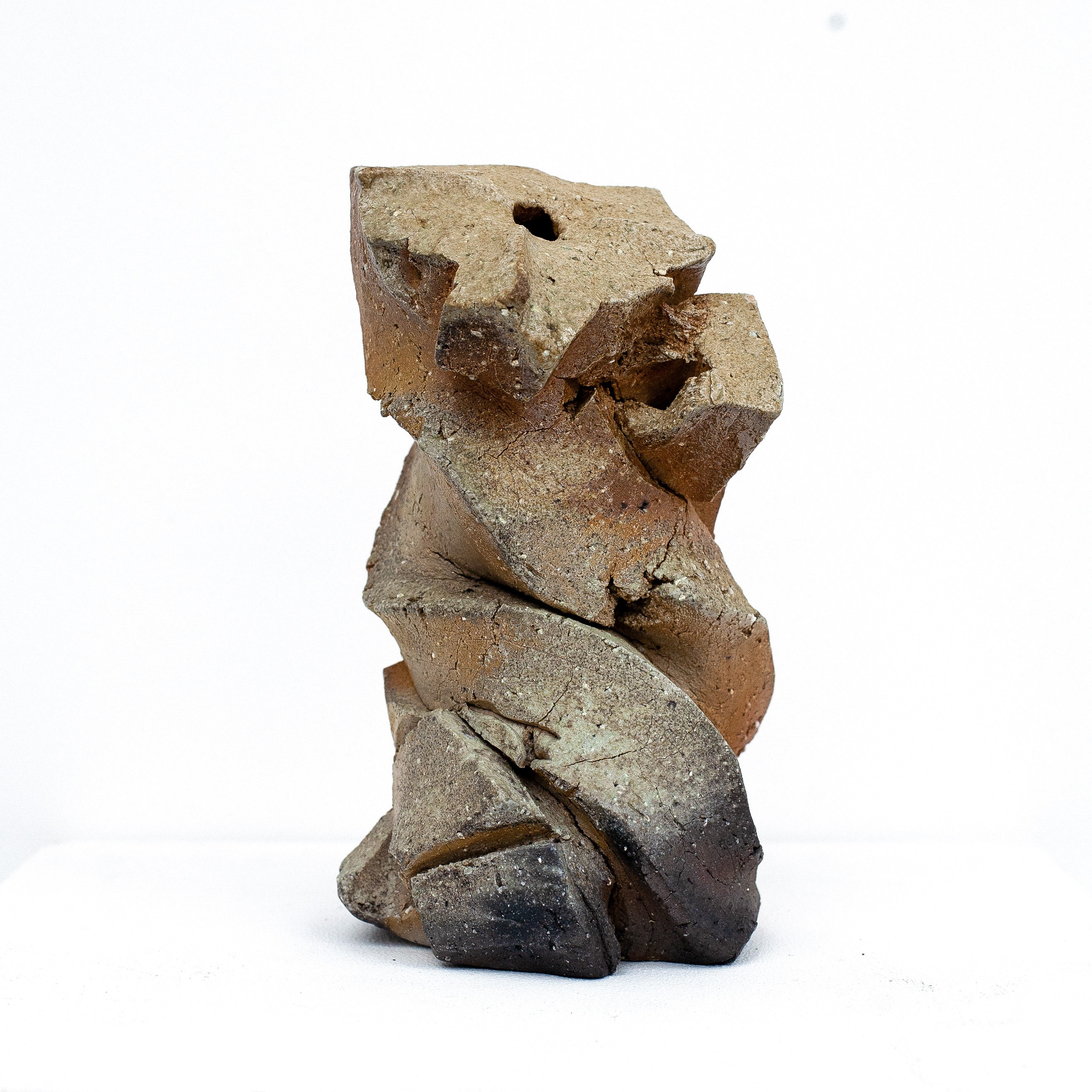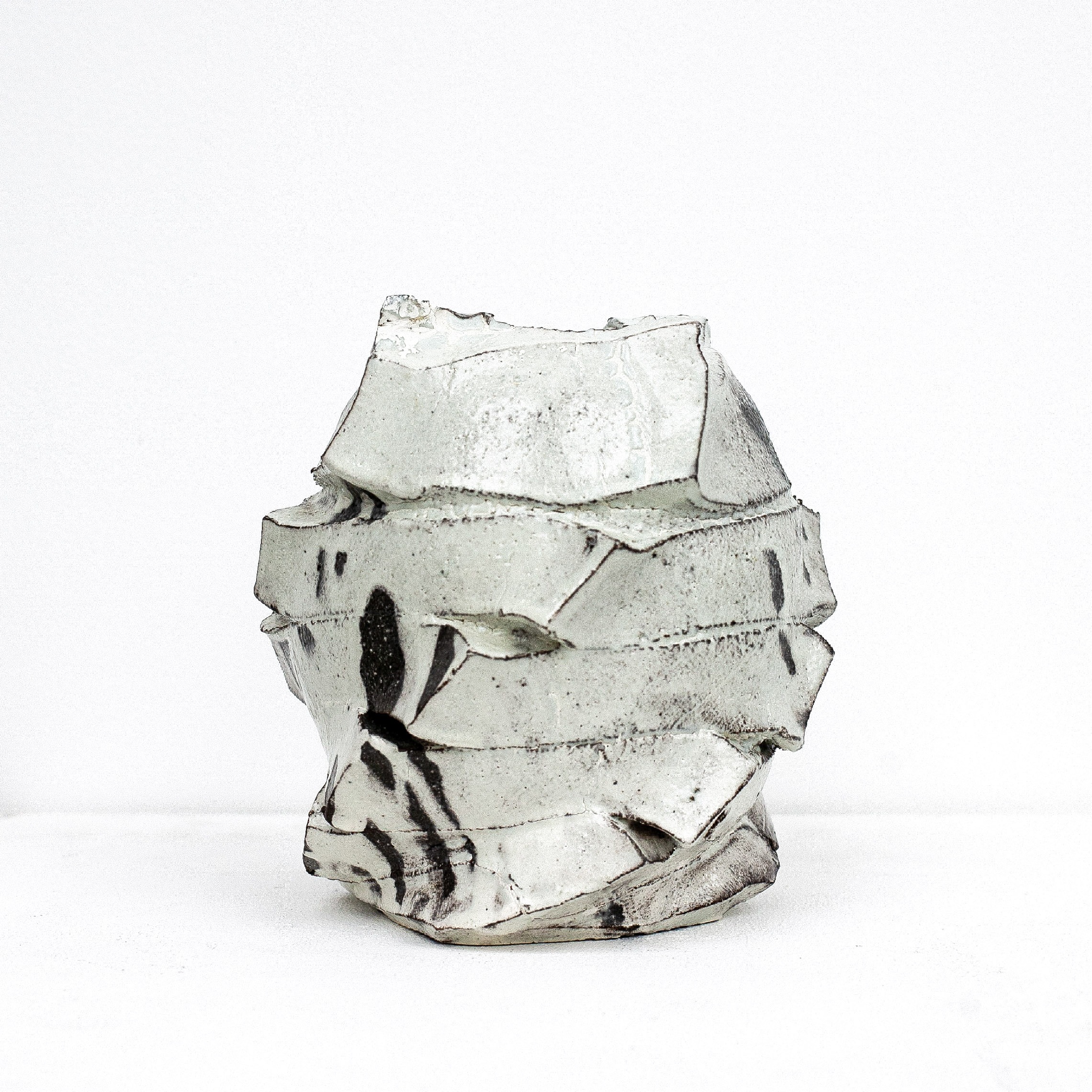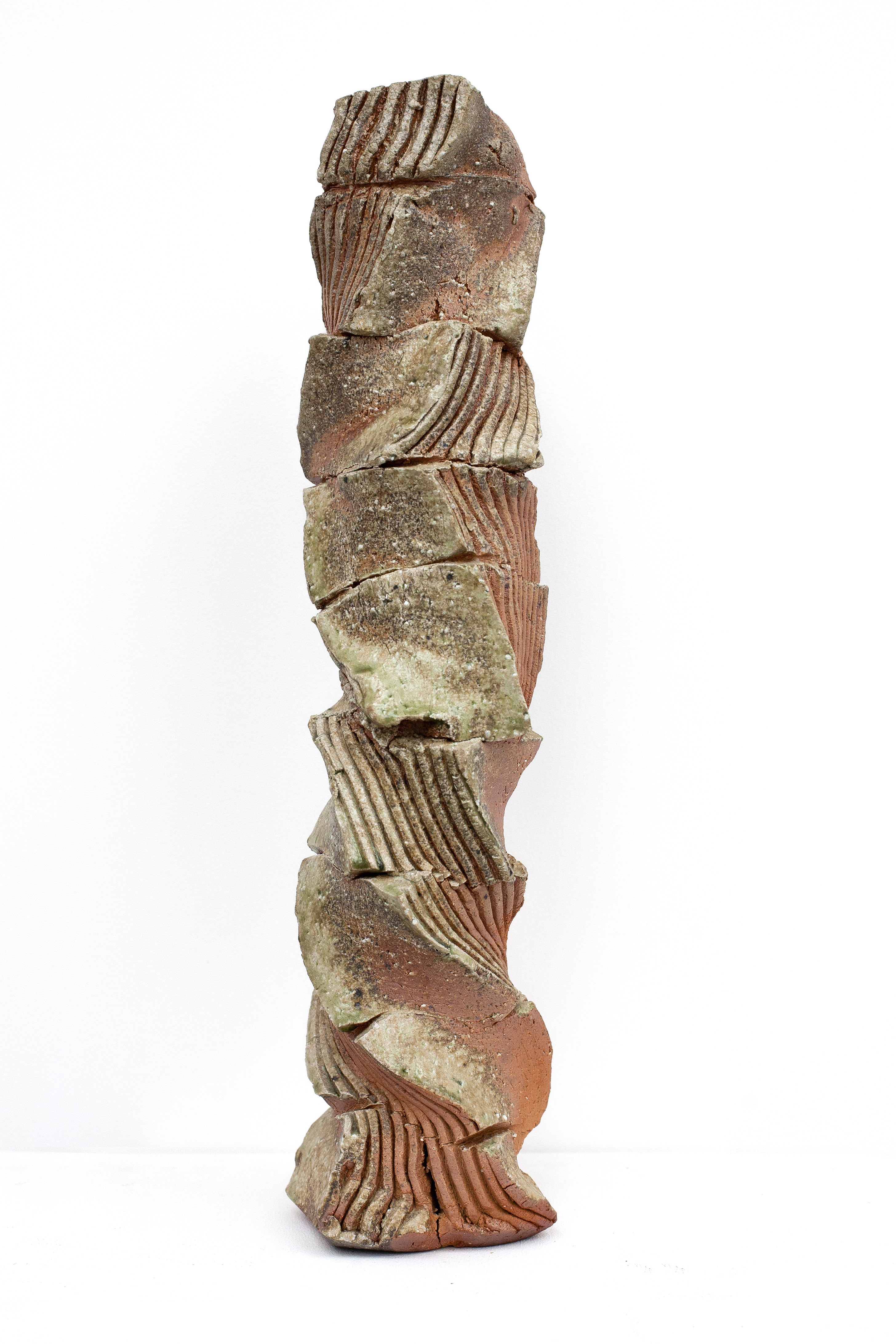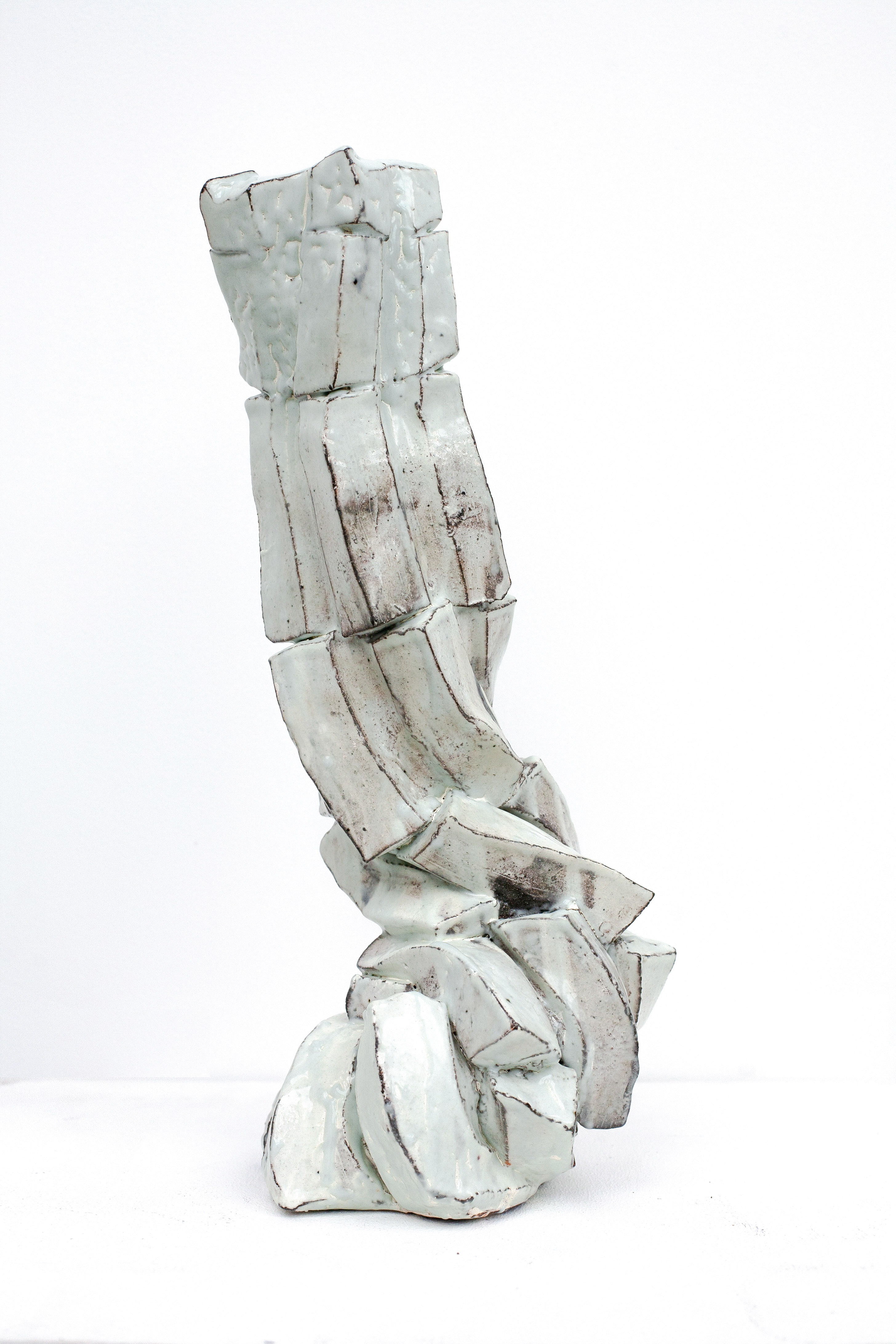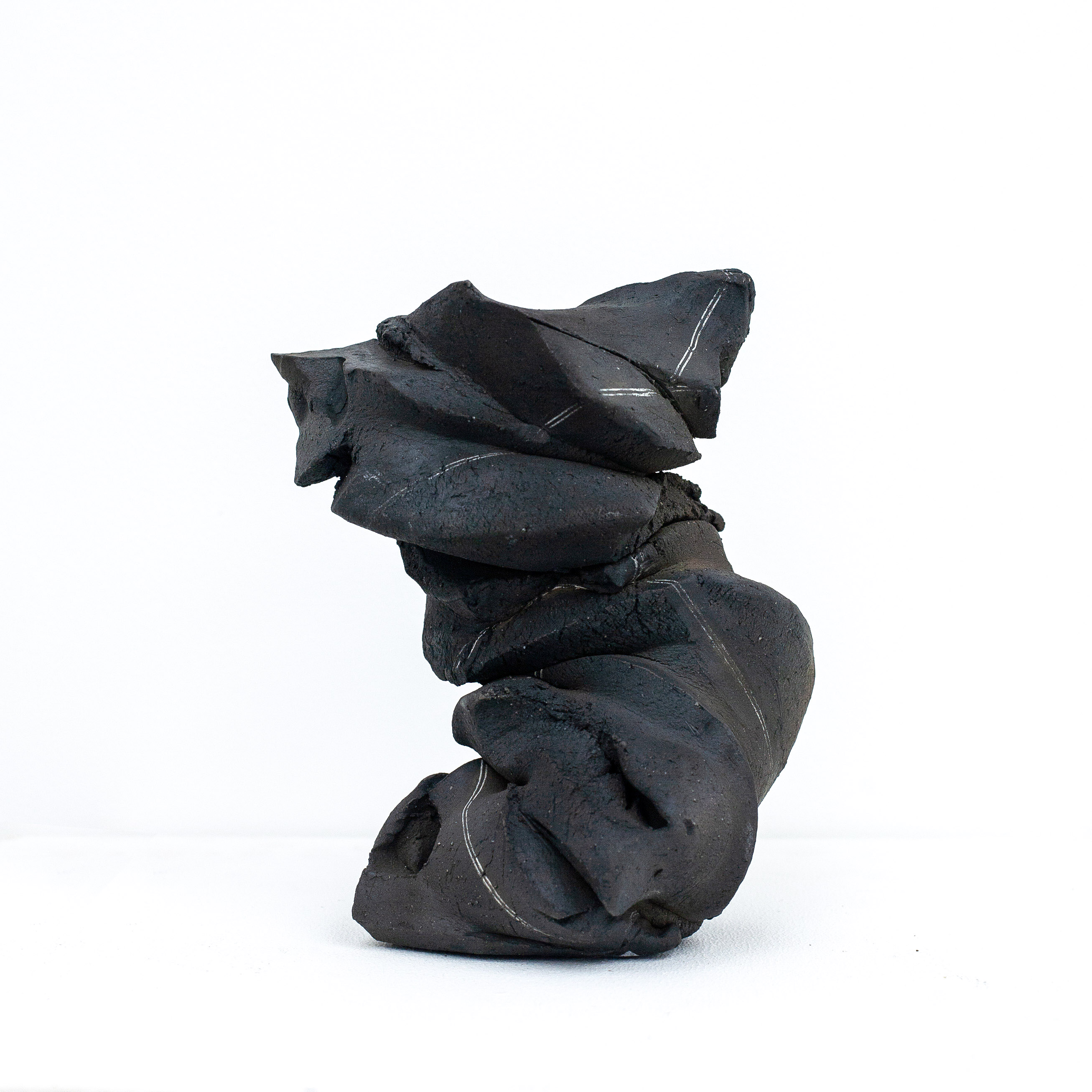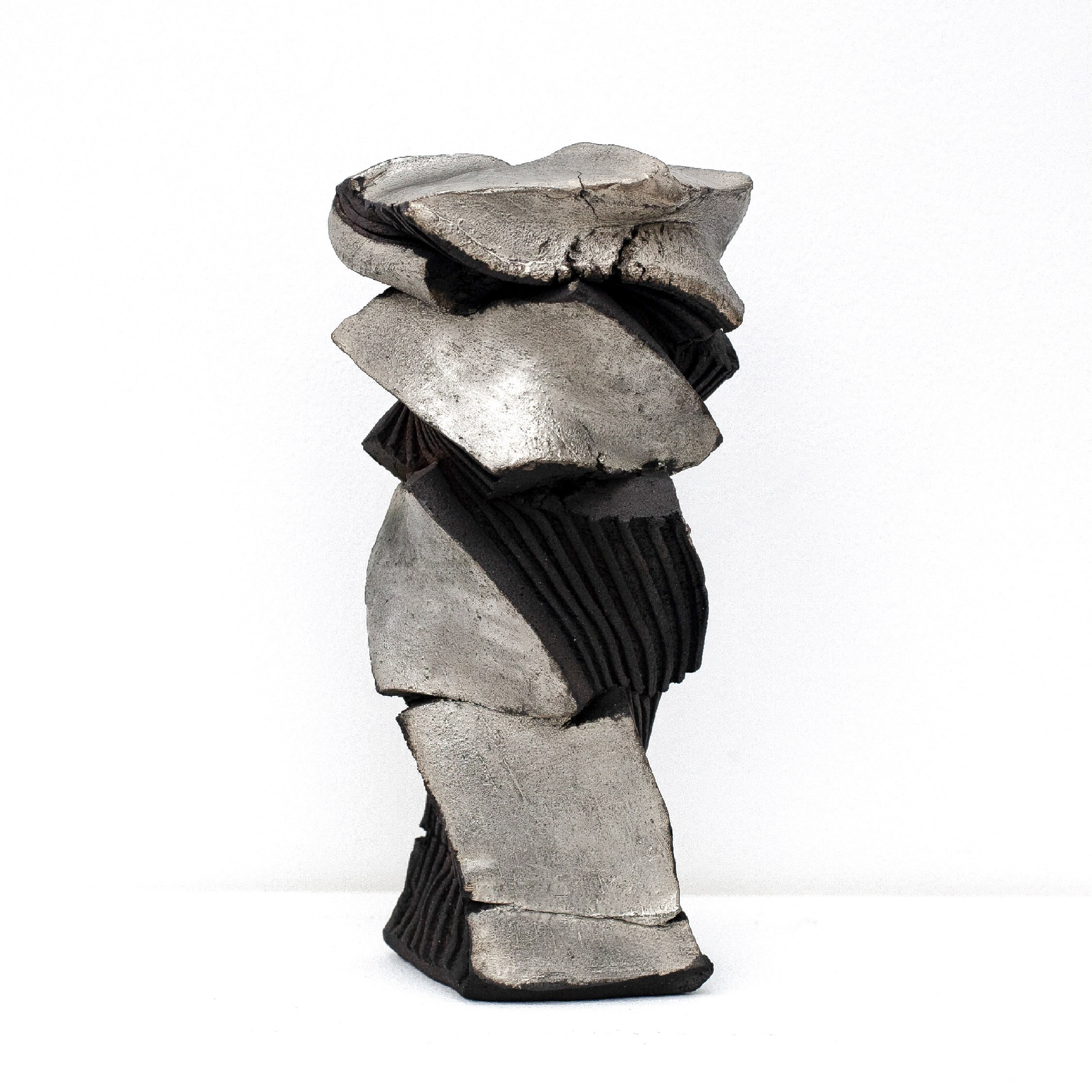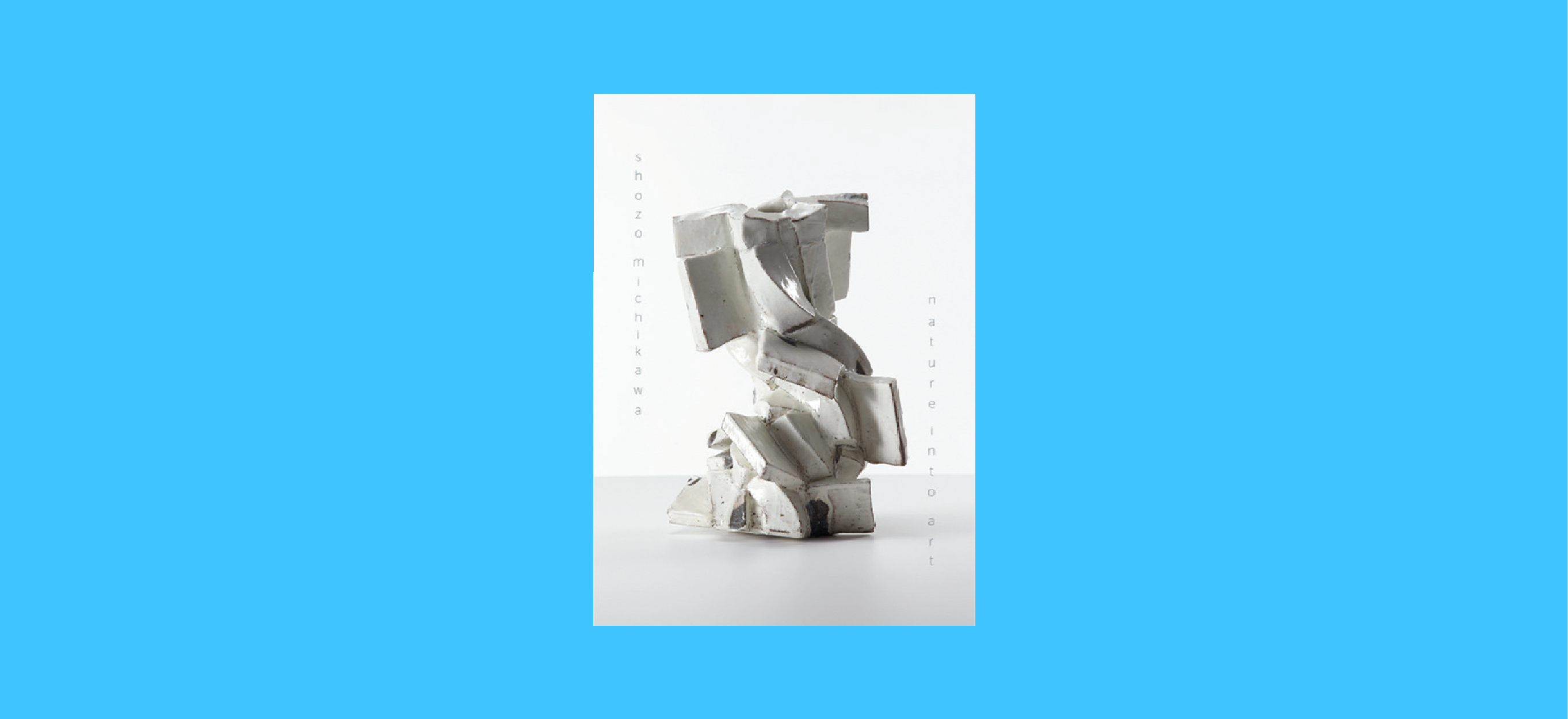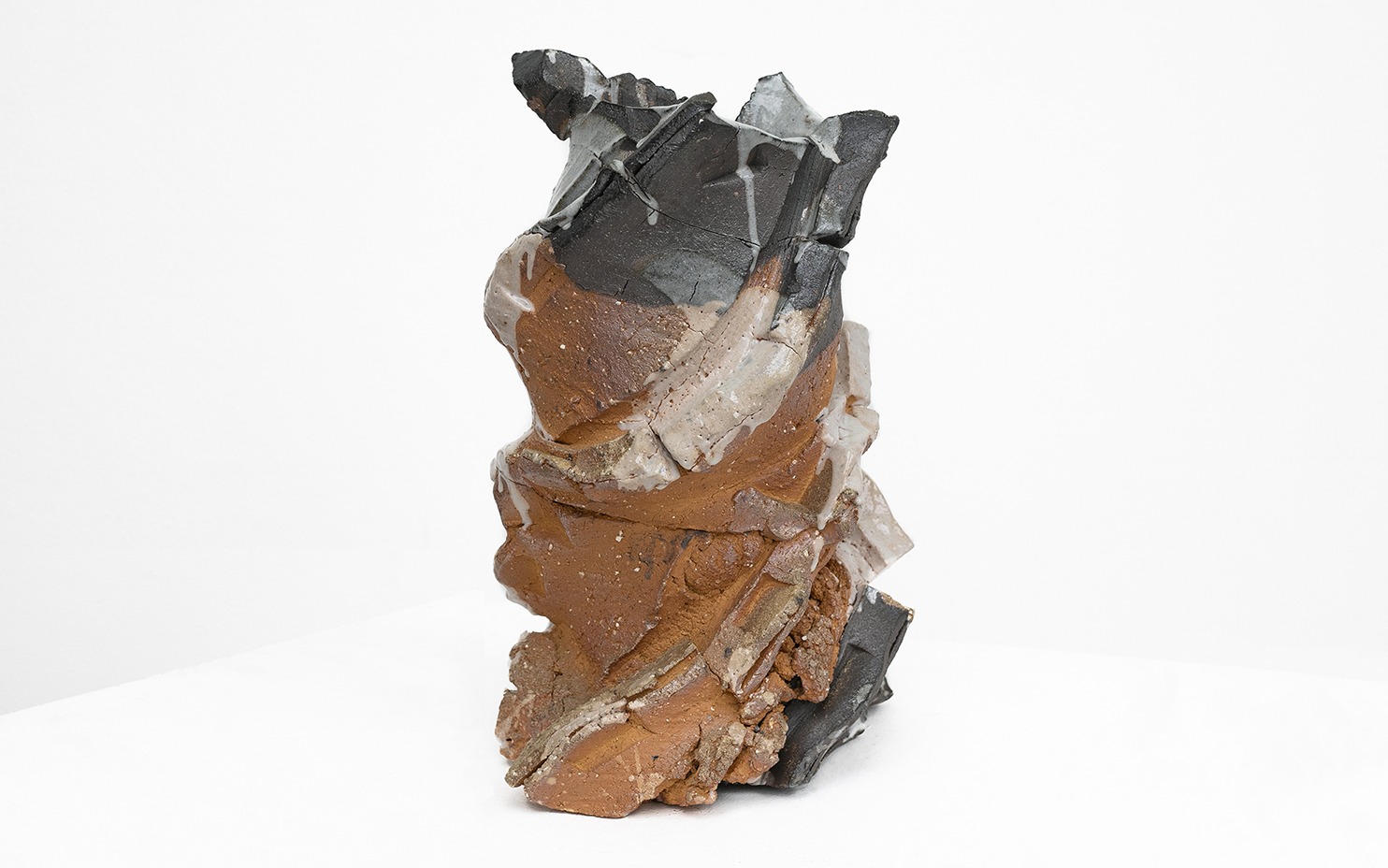
Nature Into Art
Silverlens, Manila
About
Shozo Michikawa was sent to Manila in the mid 1990’s to search for Philippine potters for an event in Osaka. We’re so lucky he found us. He was one of the first in- ternational artists to take an interest in the local ceramic art scene and his friendship opened important doors for us. He had some ground breaking exhibits in Manila in the following years and in gratitude he made sure some of us exhibited in Japan as well. Important networks were established benefitting even the newest generations of clay artists. This is all the more remarkable because this happened in the years before internet when communication only happened by mail, long distance phone calls or actually getting on a plane. Michikawa took the trouble, and for this we owe him much gratitude. He helped to put us on the map.
Shozo once told me that as a new artist in Japan, to distinguish himself he needed to do something new, to strike out in a different direction. He took clay and experimented with it, tried unorthodox methods of using the potter’s wheel, things you didn’t read in a book, he discovered something.
The mystery of clay, the thing that defines it, is “plasticity”. When mixed with water it can be moved around and stretched in complex ways. This also puts very de- fined limitations on what a potter can do to his clay without destroying it. Normally pot- ters and sculptors are taught to form the outside of a shape to encapsulate the space within. Later “surface” decorations or textures are applied. Michikawa was excited when he realized he could do the opposite by using the wheel to form from the inside out by applying friction on the inside a thick mass of centered clay. He didn’t have to use his hand to correct or edit the outer surface. This allowed a more natural surface to emerge in exactly the way geological forces shape the earth’s surface, from inside out, as energy is released from the core. He then developed a unique system of cutting and texturing the outer surface before expanding to achieve even more sculptural forms.
In the following years Shozo studied the movements of athletes and dancers as they twist and untwist their bodies releasing great energy. The examples he likes to mention are baseball players like Sadharu Oh swinging a bat, or golfers like Tiger Woods teeing off. Power and elegance, swing, twist.
In 2,000 we built an anagama at my workshop in Laguna, a project we had been planning for years. Shozo has also built and fired a number these kilns in Japan. This type of wood firing allows the ashes from the fire to form a natural glaze on the pots and is the perfect complement to his forming method. He now maintains an anagama in Sasama, Shizuoka, Japan where he conducts an international symposium and workshop every year.
Michikawa’s bold explorations have since inspired a younger generation of clay artists and his performance/demonstrations have been well received by an inter- national audience. I am especially impressed that throughout all of this he remained true to his functional roots, never cutting ties to tradition but expanding our most an- cient of mediums in exciting and refreshing ways. Nature into art.
– Jon Pettyjohn
Shozo Michikawa was born in Hokkaido, the most northern area of Japan, in 1953. After graduating from Aoyama Gakuin University in 1975, he settled his base of ceramics activity at Seto, Aichi. His exhibitions are held widely in Japan and countries like Philippines, Mongolia, France, USA, and the UK.
Pottery Demonstration
Works
